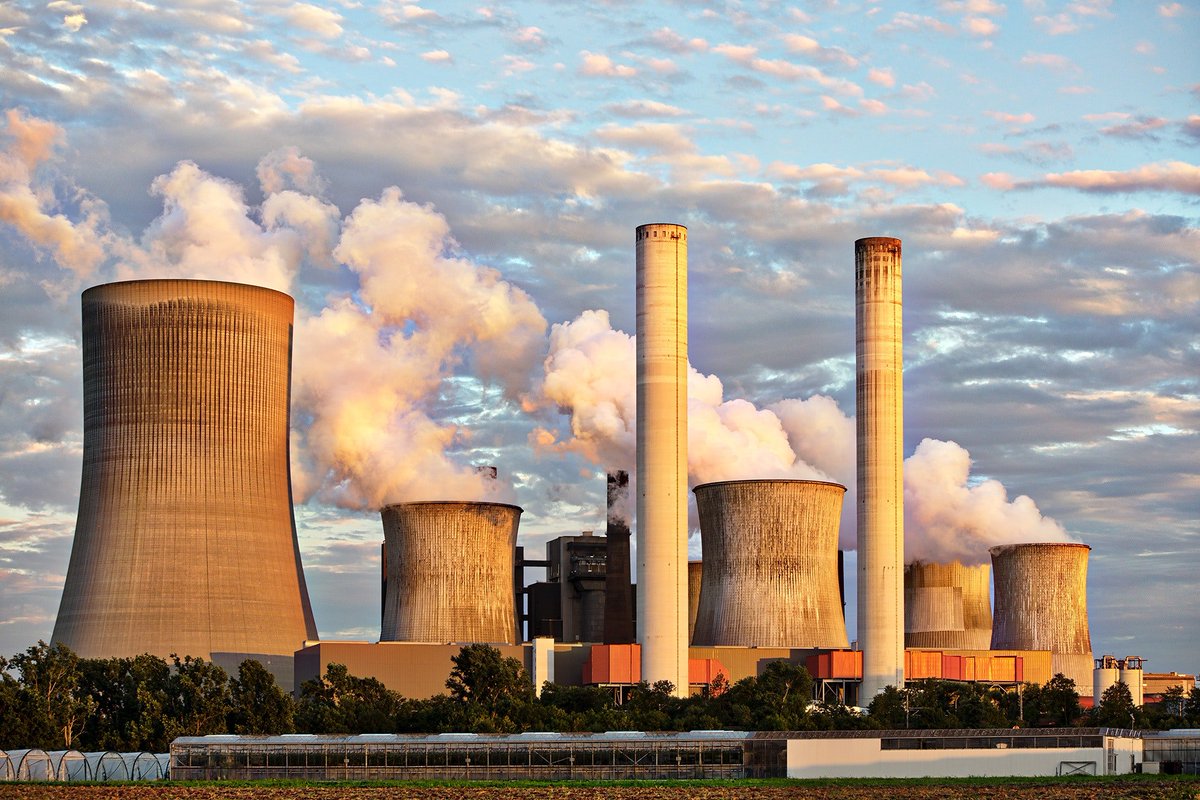“Global warming is caused primarily by adding Carbon dioxide (CO2) to the atmosphere from the burning of fossil fuels. The lifetime of the carbon dioxide we emit into the atmosphere is long: ..
1/
2/
3/
At present, the world population is around 7.5 billion. On average every person uses around 2 kW (Kilowatts) of power. This is as if everyone in the world ..
4/
5/
At present over 80% of the world’s power is from fossil fuels. This number hasn’t budged much for the ..
6/
By the end of the century we expect a world population of around 11 billion. If we want the poor countries to have anything like a ..
7/
8/
The cost of carbon free power ..
9/
10/
11/
12/
13/
A recent IPCC (Intergovernmental Panel on Climate Change) paper talks about a world with an elevated temperature of 1.5 C (from the pre-industrial revolution level). We are now more than 1 C. The Paris agreement (2015, when things
14/
There will be mass suffering. Unfortunately we have been there. This century does not look as if it will fare any better than the ..
15/
Some will say my pessimism is playing into the hands of the ..
16/
Others say we should act optimistically and aim for 2 C or less warming.
17/
18/
19/
20/
21/
Many argue that we are doing too little too late to avoid the worst
22/
23/
24/
We often assume personal or collective guilt for the situation we are in. Or we blame the oil and coal industries for seducing us.
25/




